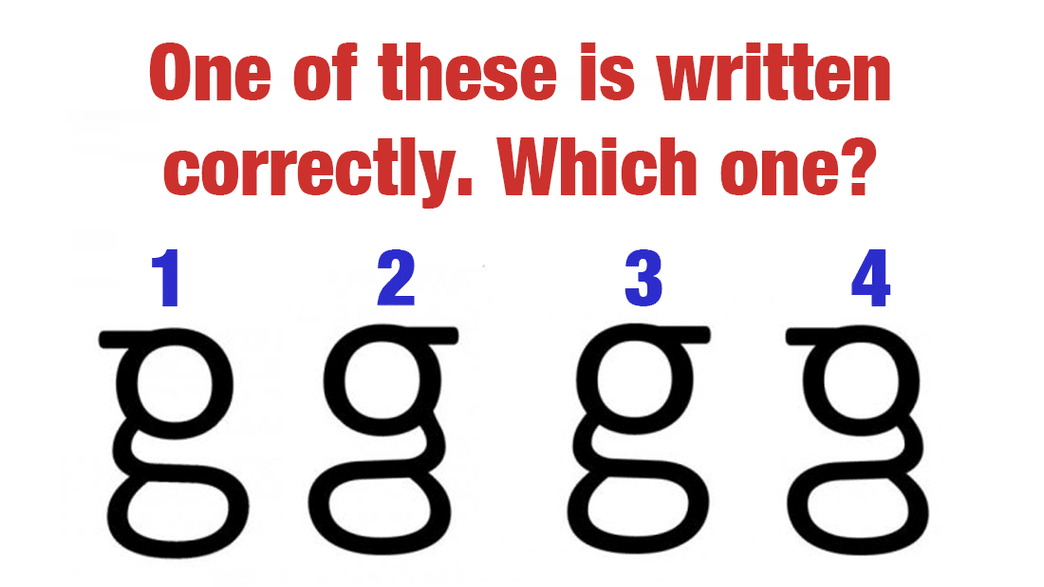Diagnosing someone with autism spectrum disorder (ASD) requires a comprehensive evaluation process. However, a recent study suggests that a simple test involving an optical illusion could provide valuable insights.
Published in the journal eLife, the study found a correlation between changes in pupil size while observing a spinning three-dimensional cylinder illusion and the likelihood of having autistic traits. Although this test alone cannot confirm an autism diagnosis, it could contribute to evaluations and help identify individuals who may have ASD.
The test takes advantage of how pupils change size when exposed to light or dark images. By tracking these changes, it can provide a rough indication of a person’s attention and which part of the screen they are focusing on.

The optical illusion used in the study is based on this phenomenon. It consists of a gif featuring white dots moving in one direction and black dots moving in the other. For most people, this creates the illusion of a rotating cylinder in three dimensions.
However, individuals perceive the cylinder differently. Some need to focus on the dots forming the front of the cylinder, causing it to rotate left when focusing on the white dots and right when focusing on the black dots. Others can perceive the image in three dimensions by looking at it as a whole, focusing on all the dots simultaneously.
How an individual perceives the illusion affects their pupil response. Those who are more detail-focused tend to focus on one color of dots at a time, causing their pupils to oscillate in size. On the other hand, those who perceive the image as a whole have constant pupil size.
Before viewing the image, participants in the study completed a questionnaire. Higher scores on the questionnaire indicated a higher likelihood of having autistic traits. Afterward, participants viewed the image, and their pupil responses were measured.
Fascinatingly, the researchers discovered that individuals whose pupils oscillated while observing the optical illusion also tended to score higher on the questionnaire. This suggests that autistic individuals, or those with autistic traits, may be more detail-focused and pay greater attention to individual sets of dots rather than the overall image.








